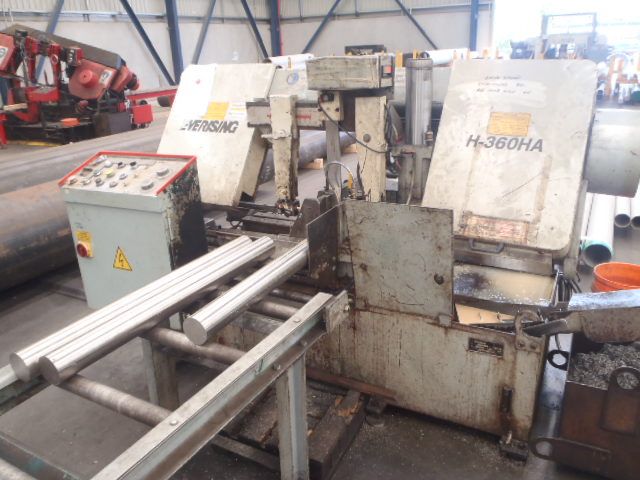Safe Environments were engaged to undertake a preliminary noise assessment to a steel fabrication facility located in the manufacturing belt of the greater western Sydney region. The factory is primarily a distribution warehouse of a variety of steel products to send to clients around Australia. The factory consists of a Receipting Team, Despatch Team and a Processing Team.
Similar Noise Exposed Groups (SEGs)
The Receipting Team unload trucks using cranes and forklifts, receipt the stock into the system and place the stock in its location in the warehouse.
The Despatch Team pick and pack stock for distribution to clients. This ranges from packaging small boxes and pallets to large lengths of steel for despatch utilising cranes and forklifts.
The Processing Team primarily cut the steel to shape or size based on client requirements. The two types of cutting machinery used are a plasma cutter and a ban saw. Cranes and forklifts are used to manoeuvre the steel into place and grinders to clean up the cut edges.
The majority of noise sources are from forklifts and loaders in the main warehouse area along with the ban saw and plasma cutter in the processing area. There were also a number of stereo systems located throughout the facility for employees to listen to the radio.
Current Controls for Noise
One of the first controls is signage to warn people when hearing protection is required and to ensure that this is worn prior to people entering into the factory. The hearing protection that was used consisted of ear muffs that were worn only during periods where they thought that they were being exposed to excessive noise.
Over ear hearing protection and in-ear hearing protection was provided to employees, but wearing of the hearing protection was optional and not enforced. The exception to this was for the Production Team when using the plasma cutter above water, over ear PHP was worn. The in-ear PHP provided was a Class 4 rated where the over ear PHP was Class 5 rated. During the noise assessment the over ear PHP were showing signs of wear and damage and it is recommended that a documented inspection and maintenance process be implemented to identify and repair damaged hearing protectors.
In these instances it is critical to ensure that people are wearing hearing protection that is in good condition and there is minimal leakage of noise into the ear muff.
Noise Assessment Results
While the overall average noise weighted average was around the 85dB(A) level, there were a number of LC,Peak greater than 140 dB which exceeds the exposure standard for noise for a number of SEGs. These impact noises are generally from metal to metal contact applied with moderate energy. At all times, priority is to identify and eliminate peaks greater than 140 and reduce these to below LC,Peak of 137.
As a result of the dB(C) peaks being greater than 140, Class 5 hearing protection is required. This then makes communication more difficult and then reduces the overall conformance of wearing hearing protection.
A noise control plan should be introduced to assist in locating and eliminating the sound, possible with assistance of an acoustic engineer.
For more assistance with noise testing, assessment and control, please contact one of our Occupational Hygienists or Noise Consultants based in Sydney & Melbourne.
Author: Carl Strautins

Email: Carl@SafeEnvironments.com.au
Carl Strautins is a managing director of Safe Environments Pty Ltd a multi-specialist consultancy operating in the building, construction and property management industries. He provides the necessary guidance and risk minimisation strategies required by architects, construction companies and facility managers to ensure they mitigated their risk to property risk. He is engaged on a regular basis to provide expert opinion for disputes and legal proceedings. Click here to know more about him.


